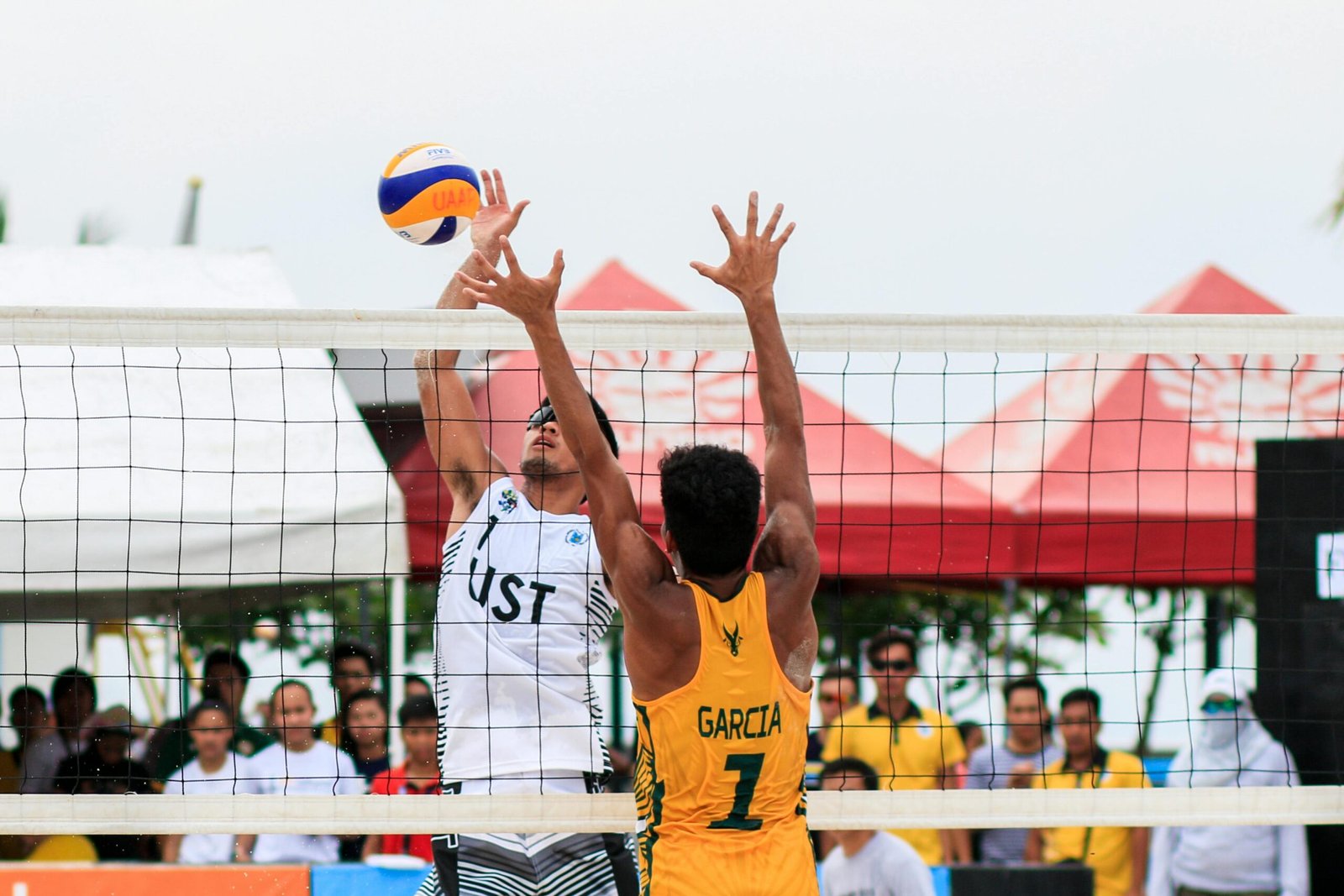Volleyball is a team sport that requires each player to perform specific roles to ensure smooth gameplay and success. Understanding the various volleyball positions and their responsibilities is key to both playing effectively and appreciating the sport.
In this detailed guide, we’ll break down the six main positions on a volleyball court, explain each role, and explore how they work together as a team.
Overview of Volleyball Positions
A standard indoor volleyball team fields six players on the court at any time. These positions are:
- Setter
- Outside Hitter (Left-side Hitter)
- Opposite Hitter (Right-side Hitter)
- Middle Blocker (Middle Hitter)
- Libero
- Defensive Specialist
Each position has unique responsibilities during the game, and players rotate through different positions as the team wins serves.
1. Setter: The Playmaker
The setter is often called the “quarterback” or “playmaker” of the team.
Responsibilities:
- Set up attacks: The setter’s primary role is to deliver accurate sets (passes) to hitters, enabling powerful and well-timed spikes.
- Game management: They make quick decisions on who to set the ball to, often disguising their intentions to confuse opponents.
- Communication: The setter communicates plays, positioning, and strategy with teammates during the match.
- Serve receive: Depending on the team’s rotation, the setter may also participate in receiving serves.
Skills Required:
- Excellent hand-eye coordination and precision.
- Strong communication and leadership.
- Quick decision-making under pressure.
- Agility to move swiftly around the court.
2. Outside Hitter (Left-side Hitter)
The outside hitter is usually one of the primary attackers on the team.
Responsibilities:
- Attack from the left side: They receive sets and spike the ball aggressively to score points.
- Serve receive: Often a key player in the serve receive formation, passing the ball accurately to the setter.
- Defence: Responsible for blocking opponent attacks and digging (defensive digging) balls in the backcourt.
- Consistent scoring: Outside hitters often handle a high volume of sets and must maintain reliability.
Skills Required:
- Powerful attacking and jumping ability.
- Good passing and defensive skills.
- Stamina and endurance due to high activity level.
- Versatility in both offence and defence.
3. Opposite Hitter (Right-side Hitter)
The opposite hitter plays opposite the setter on the court, often on the right side.
Responsibilities:
- Attack from the right side: The opposite hitter attacks balls from the right side of the net, complementing the outside hitter.
- Blocking: Responsible for blocking the opponent’s outside hitter.
- Back-row attacks: Often capable of attacking from the back row.
- Serve: Frequently used as a strong server.
Skills Required:
- Strong hitting and blocking ability.
- Good all-around skills including serving and defence.
- Physical strength and height are often advantageous.
4. Middle Blocker (Middle Hitter)
The middle blocker plays in the centre of the front row and is crucial for defence.
Responsibilities:
- Blocking: Primary responsibility is to block opponent attacks, especially quick middle hits and outside hits.
- Quick attacks: Executes fast sets close to the setter to surprise the defence.
- Reading the opponent: Anticipates and moves quickly to block the opponent’s hitters.
- Serve receive: Typically less involved in serve receive, allowing focus on front-row duties.
Skills Required:
- Excellent timing and jumping ability.
- Quick lateral movement along the net.
- Strong communication to coordinate blocking strategy.
- Height and reach advantage are beneficial.
5. Libero: The Defensive Specialist
The libero is a specialised defensive player wearing a different coloured jersey.
Responsibilities:
- Serve receive: Takes a key role in receiving serves and passing accurately.
- Digging: Excels at defensive digs, keeping rallies alive by preventing the ball from hitting the court.
- Back-row play: Restricted to back-row positions and cannot attack or block.
- Substitution: Can substitute freely in the back row without counting toward team substitutions.
Skills Required:
- Exceptional ball control and passing accuracy.
- Quick reflexes and agility.
- Strong communication with teammates.
- Consistent and reliable under pressure.
6. Defensive Specialist
Some teams also use defensive specialists, similar to liberos but without the substitution freedoms or jersey restrictions.
Responsibilities:
- Primarily responsible for back-row defence.
- May substitute for front-row players who are weaker defensively.
- Focuses on serve receive and digging.
How Positions Rotate During the Game
- Volleyball uses a clockwise rotation system after winning the serve from the opposing team.
- Each player moves one position forward on the court, ensuring they rotate through both front-row and back-row roles.
- While players rotate positions on the court, their specialised roles (like libero or setter) remain consistent.
Position-Specific Training and Skills Development
Each volleyball position requires targeted training to hone relevant skills:
- Setters: Work on hand positioning, quick sets, and decision-making drills.
- Hitters: Focus on approach, jump timing, arm swing, and power development.
- Blockers: Practice footwork along the net, jump timing, and reading the opponent.
- Liberos and defensive players: Concentrate on agility, reaction drills, and accurate passing.
Why Knowing Positions Matters
- Helps players understand their role and responsibilities.
- Improves team strategy and communication.
- Allows coaches to optimise lineups and substitutions.
- Enhances individual skill development focused on specific tasks.
Tips for Beginners Learning Positions
- Play multiple positions: Early in your volleyball journey, try various roles to find your strengths.
- Learn from teammates and coaches: Observe skilled players and ask for feedback.
- Focus on fundamentals: Passing, serving, and basic footwork are essential across all positions.
- Stay adaptable: Teams and strategies vary; flexibility makes you a valuable player.
Summary
Volleyball positions each play a crucial part in the team’s success. From the strategic setter to the defensive libero, understanding the roles helps players excel individually and collectively. Whether you aim to be a powerful hitter or a quick-reacting defender, mastering your position is key to contributing effectively on the court.


